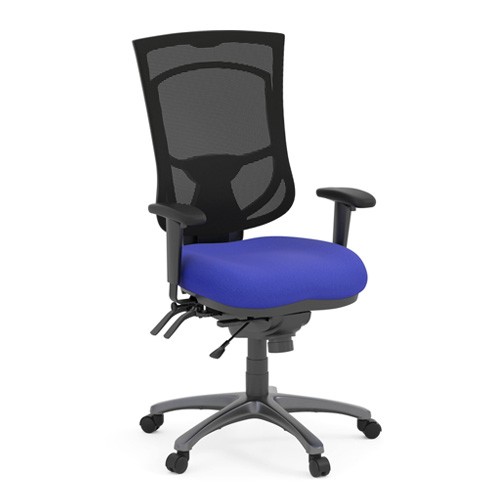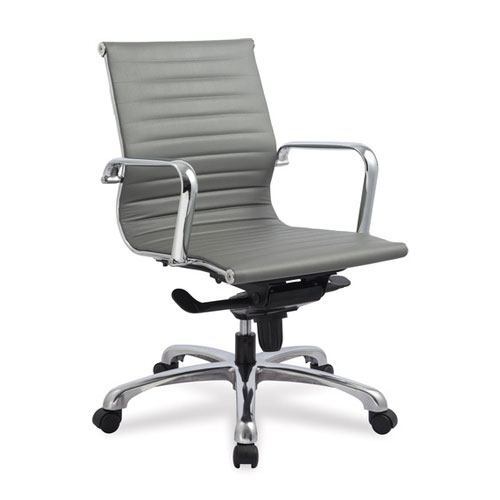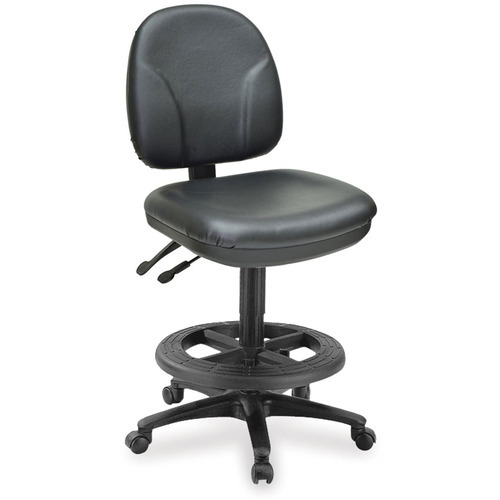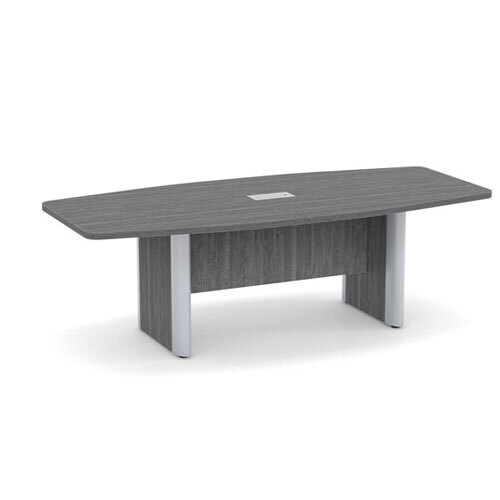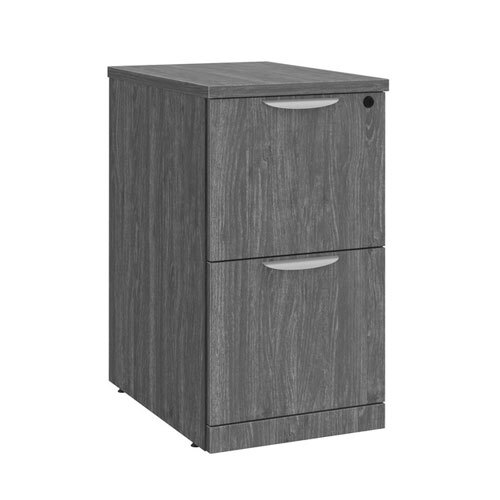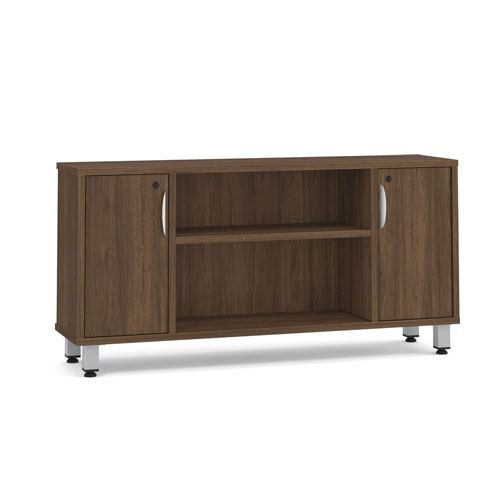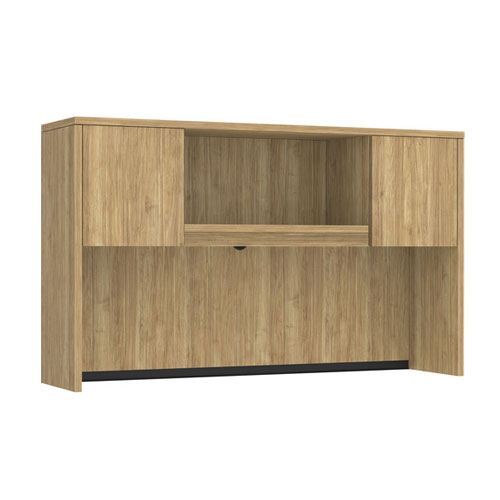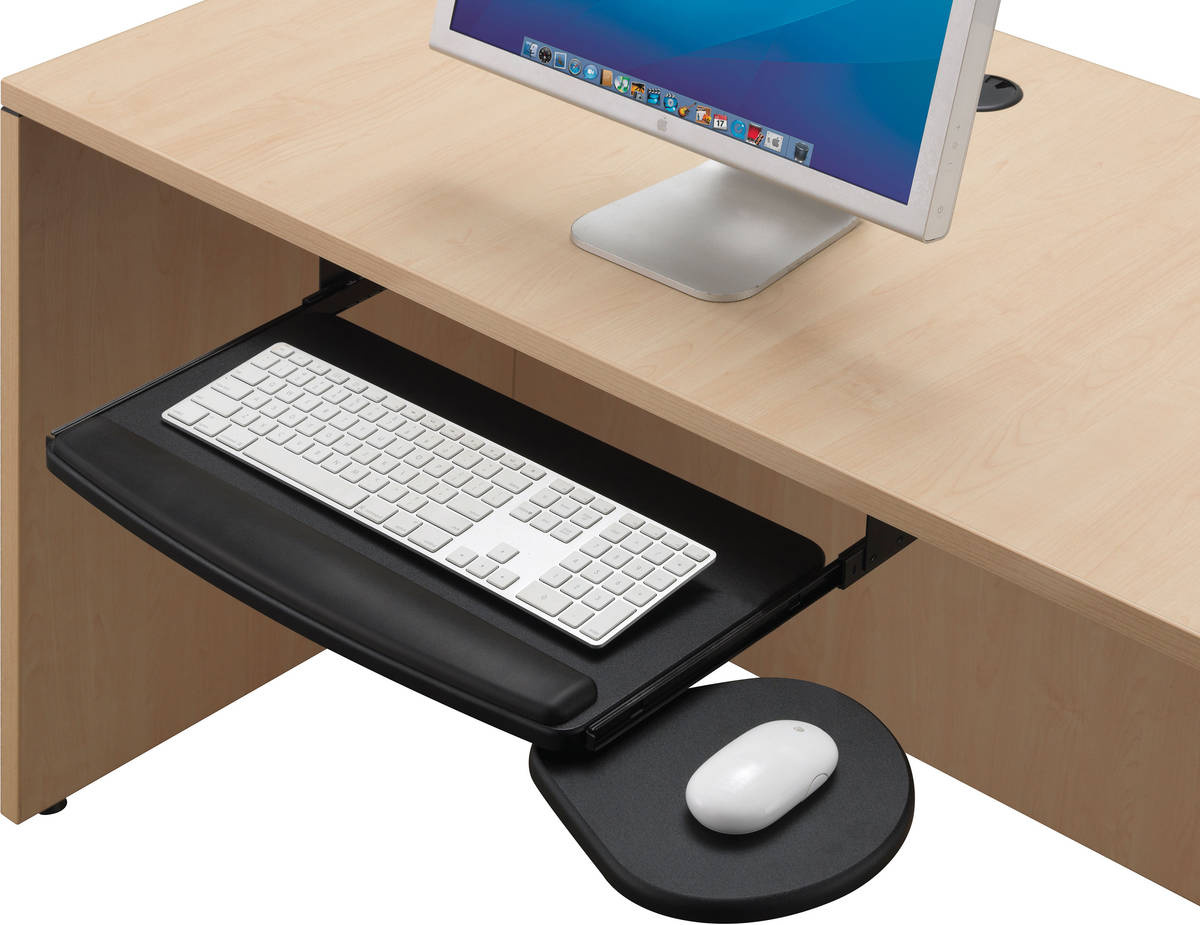Office Cubicles & Partitions
Shop All Office Cubicles & Partitions
Solitude Edge-Mounted Privacy PET Panel 15" x 24" - Dark Grey with Black Bracket
p/n: SOLEM1524NDGRBLK
Improve acoustics in your open office with this environmentally friendly PET panel.
Solitude Edge-Mounted Privacy PET Panel 15" x 24" - Dark Grey with Silver Bracket
p/n: SOLEM1524NDGRSIL
Improve acoustics in your open office with this environmentally friendly PET panel.
Solitude Edge-Mounted Privacy PET Panel 15" x 24" - Light Grey with Black Bracket
p/n: SOLEM1524NLGRBLK
Improve acoustics in your open office with this environmentally friendly PET panel.
Solitude Edge-Mounted Privacy PET Panel 15" x 24" - Light Grey with Silver Bracket
p/n: SOLEM1524NLGRSIL
Improve acoustics in your open office with this environmentally friendly PET panel.
Solitude Surface-Mounted Privacy PET Panel 15" x 24" - Dark Grey with Black Bracket
p/n: SOLDM1524NDGRBLK
Improve acoustics in your open office with this environmentally friendly PET panel.
Solitude Surface-Mounted Privacy PET Panel 15" x 24" - Dark Grey with Silver Bracket
p/n: SOLDM1524NDGRSIL
Improve acoustics in your open office with this environmentally friendly PET panel.
Solitude Surface-Mounted Privacy PET Panel 15" x 24" - Light Grey with Black Bracket
p/n: SOLDM1524NLGRBLK
Improve acoustics in your open office with this environmentally friendly PET panel.
Solitude Surface-Mounted Privacy PET Panel 15" x 24" - Light Grey with Silver Bracket
p/n: SOLDM1524NLGRSIL
Improve acoustics in your open office with this environmentally friendly PET panel.
Solitude Edge-Mounted Privacy PET Panel 15" x 42" - Dark Grey with Black Bracket
p/n: SOLEM1542NDGRBKL
Improve acoustics in your open office with this environmentally friendly PET panel.
Solitude Edge-Mounted Privacy PET Panel 15" x 42" - Dark Grey with Silver Bracket
p/n: SOLEM1542NDGRSIL
Improve acoustics in your open office with this environmentally friendly PET panel.
Solitude Edge-Mounted Privacy PET Panel 15" x 42" - Light Grey with Black Bracket
p/n: SOLEM1542NLGRBLK
Improve acoustics in your open office with this environmentally friendly PET panel.
Solitude Edge-Mounted Privacy PET Panel 15" x 42" - Light Grey with Silver Bracket
p/n: SOLEM1542NLGRSIL
Improve acoustics in your open office with this environmentally friendly PET panel.
Solitude Surface-Mounted Privacy PET Panel 15" x 42" - Dark Grey with Black Bracket
p/n: SOLDM1542NDGRBLK
Improve acoustics in your open office with this environmentally friendly PET panel.
Solitude Surface-Mounted Privacy PET Panel 15" x 42" - Dark Grey with Silver Bracket
p/n: SOLDM1542NDGRSIL
Improve acoustics in your open office with this environmentally friendly PET panel.
Solitude Surface-Mounted Privacy PET Panel 15" x 42" - Light Grey with Black Bracket
p/n: SOLDM1542NLGRBLK
Improve acoustics in your open office with this environmentally friendly PET panel.
Solitude Surface-Mounted Privacy PET Panel 15" x 42" - Light Grey with Silver Bracket
p/n: SOLDM1542NLGRSIL
Improve acoustics in your open office with this environmentally friendly PET panel.
Solitude Edge-Mounted Privacy PET Panel 15" x 54" - Dark Grey with Black Bracket
p/n: SOLEM1554NDGRBLK
Improve acoustics in your open office with this environmentally friendly PET panel.
Solitude Edge-Mounted Privacy PET Panel 15" x 54" - Dark Grey with Silver Bracket
p/n: SOLEM1554NDGRSIL
Improve acoustics in your open office with this environmentally friendly PET panel.
Solitude Edge-Mounted Privacy PET Panel 15" x 54" - Light Grey with Black Bracket
p/n: SOLEM1554NLGRBLK
Improve acoustics in your open office with this environmentally friendly PET panel.
Solitude Edge-Mounted Privacy PET Panel 15" x 54" - Light Grey with Silver Bracket
p/n: SOLEM1554NLGRSIL
Improve acoustics in your open office with this environmentally friendly PET panel.
Office partitions and cubicles strike the perfect balance between privacy and collaboration in the workplace. They can create personal workspaces or divide a large office area into smaller focused spaces, creating an environment that fosters both focus and interaction.
Why Choose Source Office Furniture
Our cubicle systems and partitions are designed to establish purposeful spaces, helping you enhance flow and functionality throughout your office. Creating this separation in your office requires thoughtful planning, and at Source, we have the expertise to optimize your office layout.











